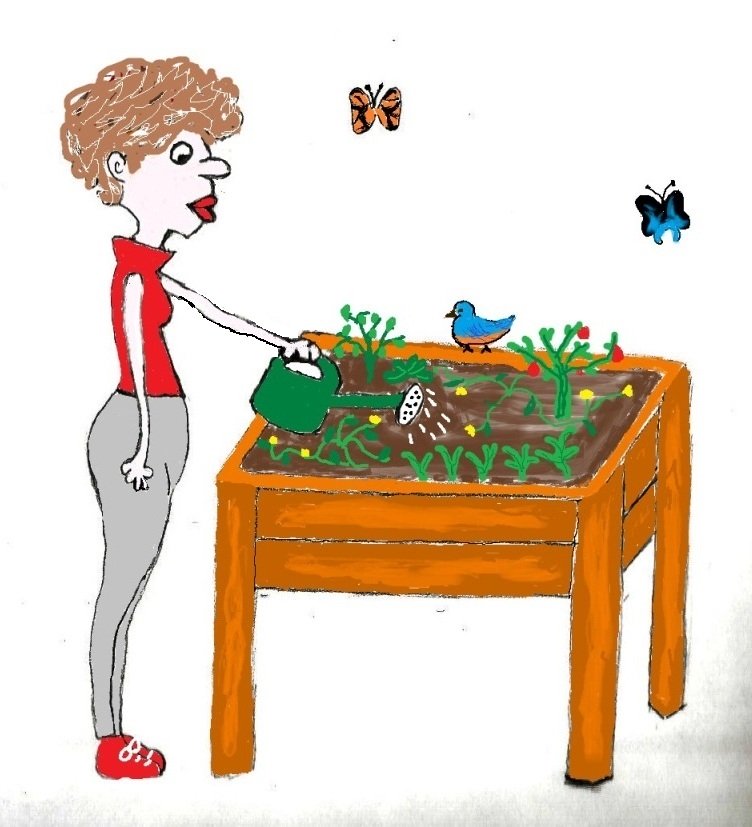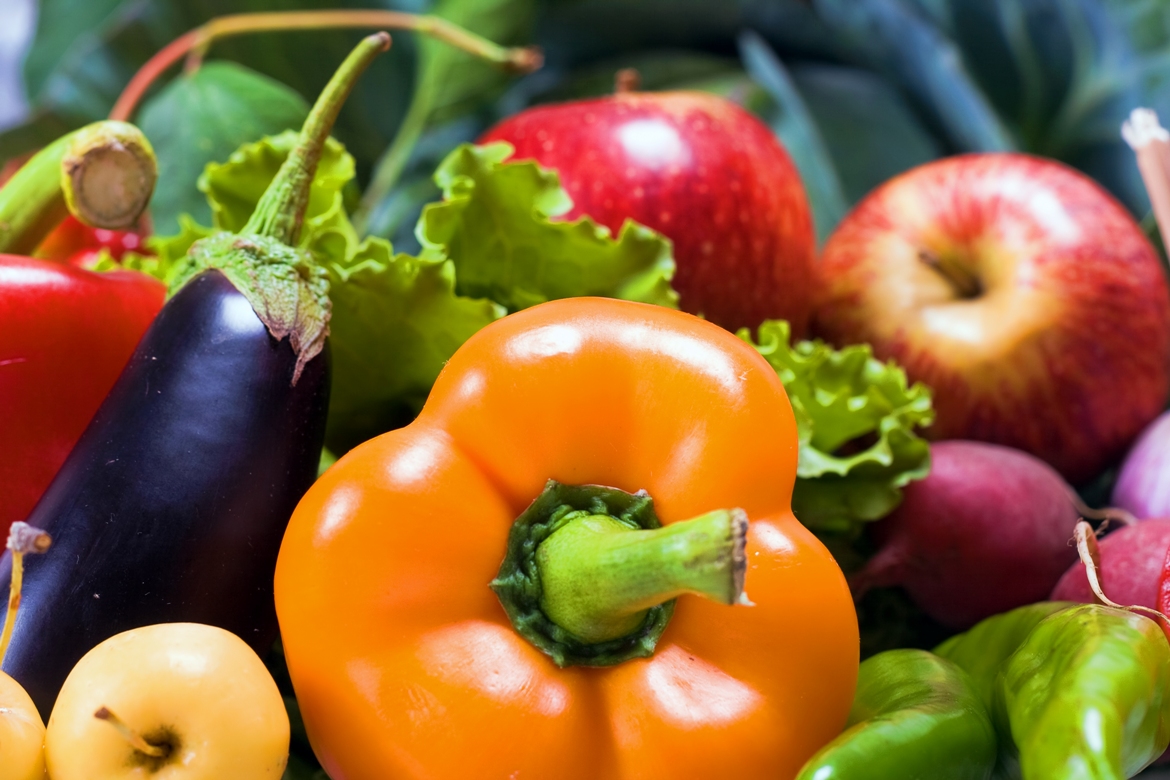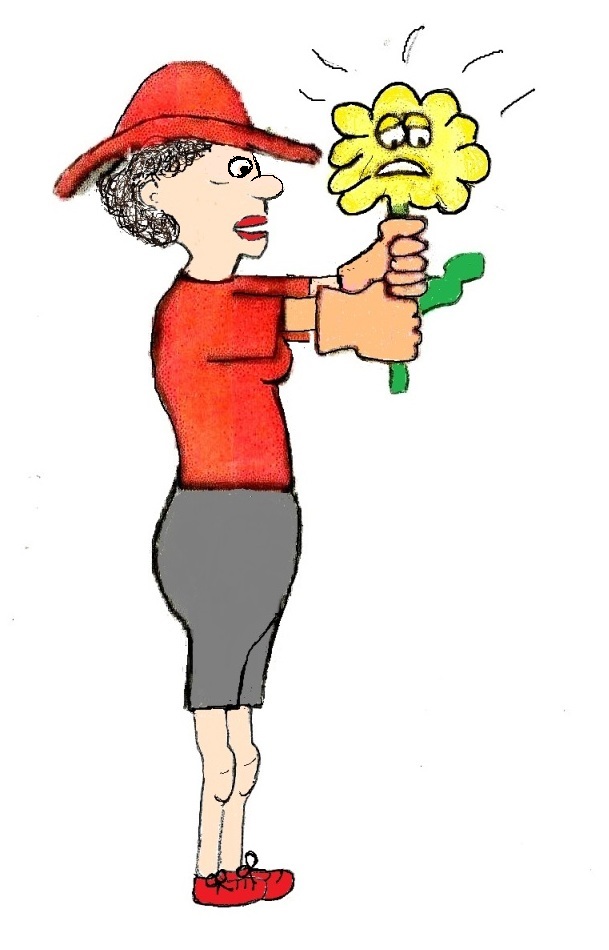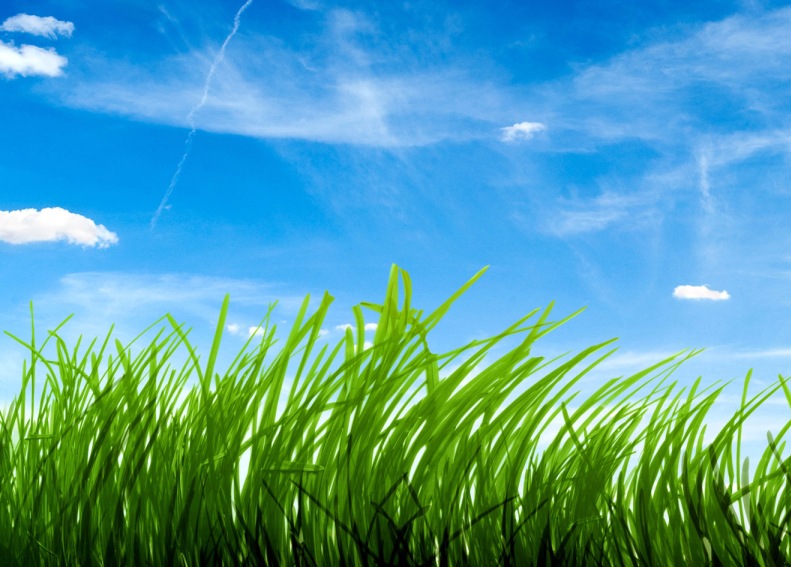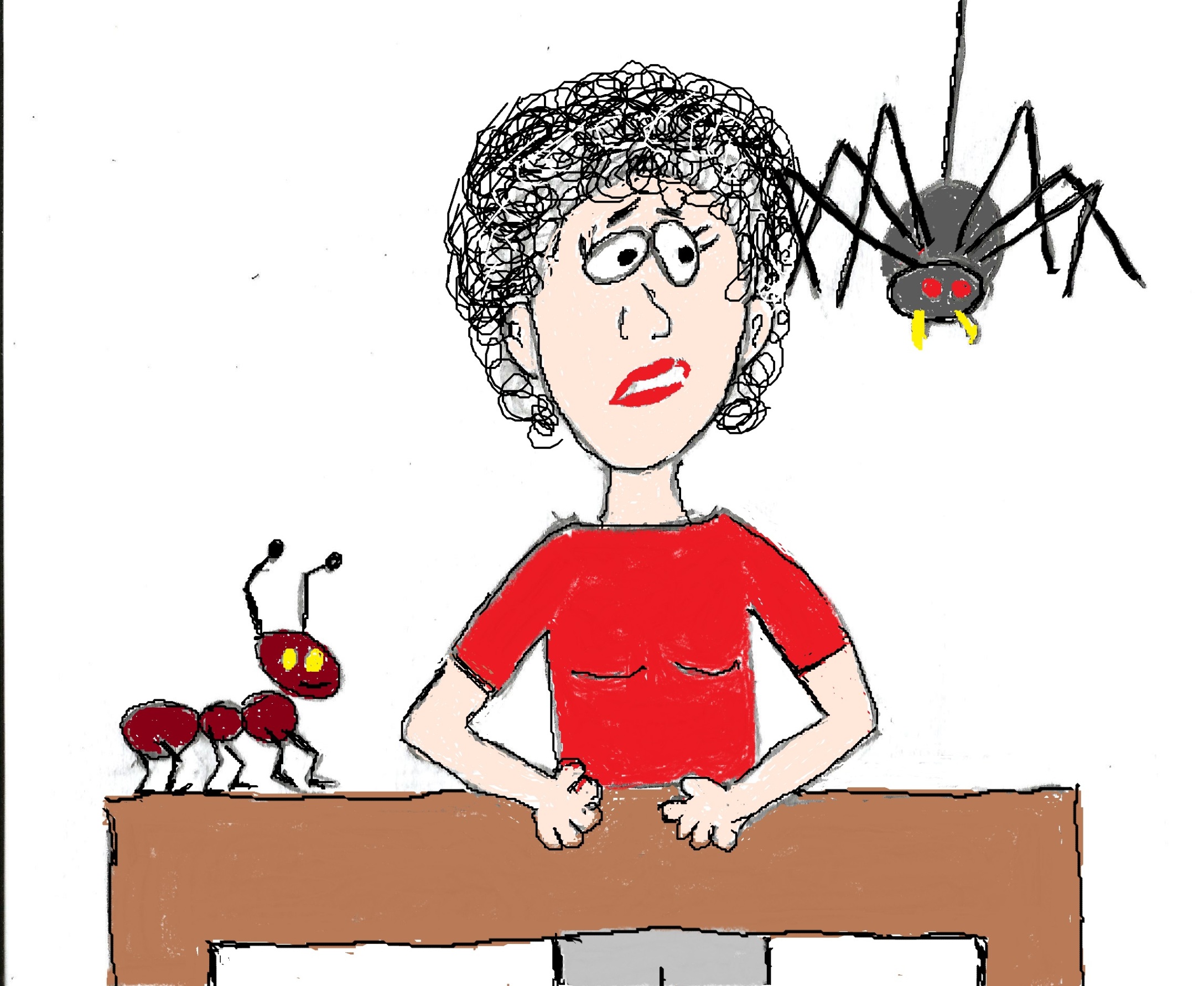Is Your Garden Hose Toxic?
Organic gardening means no toxic products are used to grow your plants. You've replaced things like pesticides and chemical fertilizers with nontoxic and natural products. But there may be one toxic product you've overlooked.
Are you an organic gardener? If so, you’ve learned how to control pests without using toxic pesticides. You prepare your soil with organic nutrients. But what about your garden hose?
The toxins found in your average, commonly used garden hose can undo your hard work by contaminating your soil and your organically grown veggies with metals and plastic chemicals. In this article I cover the worst and the best garden hose options to protect your health from these dangerous chemicals.
Toxic Ratings For Garden Hoses
Since 2011, The Ecology Center in Ann Arbor, MI has tested over 200 garden hoses for toxic chemicals. The hoses were tested for:
- Metals - lead, cadmium, tin, antimony
- Bromine (associated with brominated flame retardants)
- Chlorine (indicating the presence of polyvinyl chloride, or PVC);
- Plastic chemicals - phthalates and bisphenol A (BPA).
Using the results of this research, I’ve compiled a list from the most toxic types of hoses to the least toxic types.
Polyvinyl (PVC) Hoses Are The Most Toxic
Polyvinyl is a type of plastic made with vinyl chloride (a known carcinogen). It is a brittle plastic so chemicals called phthalates are added to make the plastic pliable. BPA and recycled electronic e-waste are also used to make polyvinyl.
The Ecology Center researchers found that PVC hoses frequently contained elevated lead, antimony, phthalates and bromine. Non-PVC hoses did not contain these contaminants.
Metals
- 29% of the PVC hoses (7 of 24) contained at least 100 ppm (parts per million) and as high as 68,000 ppm lead.
- 50% of PVC hoses contained levels of antimony >500 ppm.
Phthalates
- In 2016 The Ecology Center found that 75% of the PVC hoses tested contained phthalates, at concentrations >1%.
- Some PVC hoses contained multiple phthalates (DEHP, DINP, DIDP, and others) with total concentrations between 1% to over 8% of the weight of the hose.
- In 2013 the most toxic of the hoses tested (Swan 50 ft Fairlawn Light Duty Hose) contained 6 different types of phthalates ranging from 2,000ppm to 96,000ppm.
- Phthalates were only found in PVC hoses.
Bromine
- Bromine was detected at levels > 1,000 ppm, in 38% of the PVC hoses, These hoses were probably made with recycled PVC from electronic waste, which contains brominated flame retardants.
Water Left in PVC Hoses
The Ecology Center also
tested water left in PVC hoses for 24-48 hours for the presence of plastic
chemicals. Phthalates and BPA were found in the water samples.
This means that these toxins easily leach from PVC hoses into your water. This isn’t surprising because BPA and phthalates have been found to leach from many types of plastic containers and cans.
Drinking Water Safe Hoses Are Less Toxic
Hoses labeled “Drinking Water Safe” had significantly fewer toxic chemicals and in much lower amounts, particularly lead, antimony, and bromine.
- None of the drinking water hoses contained lead above 100 ppm or antimony. Bromine was either low or not detected.
- Phthalates were, however, in the PVC drinking water safe hoses.
Polyurethane and Rubber Hoses Are The Least Toxic
In its testing the Ecology Center found hoses made with polyurethane and rubber consistently had very low toxin levels.
- For watering your vegetable garden, your least toxic options are labeled drinking water safe, lead free and are made of polyurethane. The Ecology Center found that the Water Right Professional Hose and the and Big Boss AquaStream Ultra Light were great options.
- Rubber hoses are also a good option. Although it's not labeled as drinking water safe, the researchers found that the 50 ft Craftsman Premium Heavy-Duty Rubber Garden Hose was a very safe choice.
So read labels carefully when you buy a garden hose. And, definitely choose a non-PVC hose. Polyurethane hoses usually are labeled as such, while PVC hoses often have no material specified. And no matter which type of hose you use, don't use water that has been left sitting in it.

